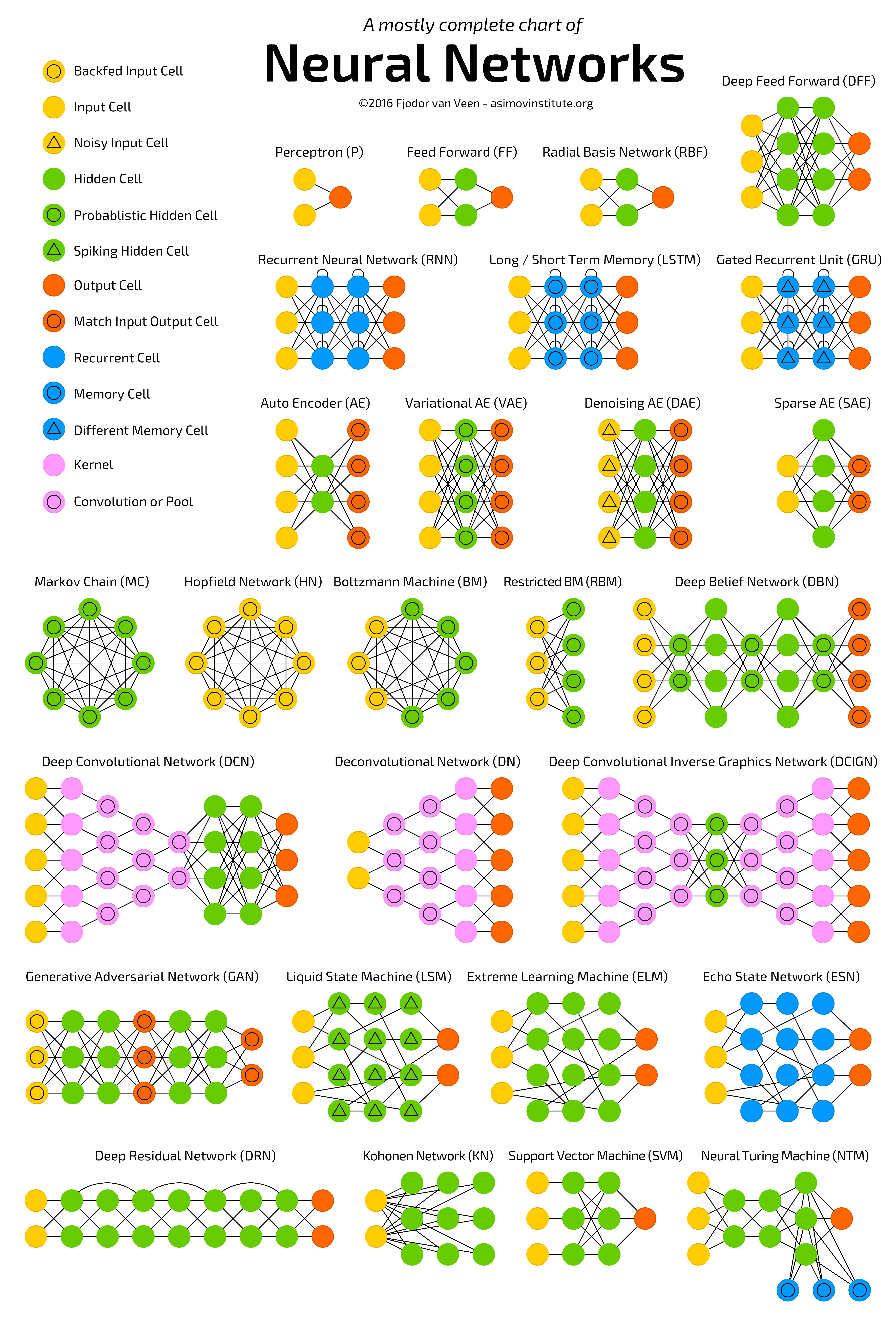
A powerful and versatile programming language, Python programming provides developers with an extensive toolkit and library to enhance their coding experience. Two commonly used components in Python programming courses are Python packages and Python modules. In this article, we will delve into the pros and cons of using packages versus modules, helping you understand which option is best for your programming needs.
The difference between packages and modules in Python
Before we explore the pros and cons of using packages and modules, it's important to understand the fundamental difference between the two.
Packages in Python are a way to organize and group related modules. Packages in Python provide a hierarchical structure, allowing for better organization and encapsulation. A package is simply a directory that contains multiple Python module files. The package can also contain sub-packages, creating a nested structure. Packages in Python are powerful tools for code organization and can help prevent naming conflicts between modules.
On the other hand, modules are individual files containing reusable Python code. Each module can contain functions, classes, and variables that can be imported and used in other parts of your code. Modules are designed for development, allowing you to break down your code into smaller, more manageable chunks Modules are designed for modular development, allowing you to break down your code into smaller, more manageable chunks this modular approach helps maintain a clean and organized codebase, making it easier to collaborate with other developers.
Pros and Cons of using packages
Using packages in your Python projects offers several advantages.
One of the main benefits of using packages is the hierarchical structure they provide Using packages, you can easily organize your code into logical groups that make sense. This makes it easier to navigate and understand your codebase, especially when working on larger projects. Packages also promote code reuse and modularity.
Another advantage of using packages is that they help prevent naming conflicts. In larger projects, it's common to have multiple modules with the same name. However, by using packages, you can create a unique namespace for each module. This means that even if two modules have the same name, they can still be imported and used separately without any conflicts. Packages provide a level of encapsulation that promotes clean and maintainable code.
Despite these advantages, using packages in your Python projects also has some drawbacks. One potential downside is the added complexity. When working with packages, you must ensure that the directory structure and package hierarchy are configured correctly. This can be challenging, especially for beginners or when working on existing projects with complex dependencies. Additionally, using packages can incur some performance overhead, as Python must search for the right module in the package hierarchy.
Pros and Cons of Using Modules
Now let's explore the pros and cons of using modules in Python.
One of the main advantages of using modules is the modular development approach it encourages. By breaking down your code into smaller, reusable modules, you can create a codebase that is easier to understand, maintain, and debug. Modules promote code reusability, as you can import and use them in different parts of your project. This modular approach also allows for better collaboration with other developers, as each module can be developed and tested independently.
Another benefit of using modules is the simplicity it offers. Unlike packages, modules don’t need a complicated directory structure or hierarchy. You can simply create a Python file, define your functions, classes, and variables, and import them as needed. This simplicity makes modules a great choice for smaller projects or when you want to quickly prototype a solution.
However, using modules in your Python projects also has its drawbacks. One potential downside is the lack of organization and encapsulation. Without a hierarchy, it can be more difficult to keep your code organized, especially as the size and complexity of the project increases. Modules also do not offer the same level of prevention against naming conflicts as packages do. If you have multiple modules with the same name, you may run into issues when trying to import and use them.
When to use packages over modules
Now that we have explored the pros and cons of using both packages and modules, it's important to understand when to use each option in your Python projects.
Packages are ideal when you have a larger project that requires better organization and encapsulation. If you are running multiple related modules, this is a good sign that using the package will be beneficial. Packages provide a hierarchical structure that encourages code reuse, prevents naming conflicts, and makes your codebase easier to navigate and understand.
On the other hand, modules are a great choice for small businesses or when you need a quick and easy solution. If your project consists of a few reusable functions or classes, modules offer a lightweight and straightforward approach. Modules are also useful when prototyping or working on a proof-of-concept, as they allow you to quickly define and import functionality without the need for complex organization or hierarchy.
Conclusion
In this article, we explored the pros and cons of using packages versus modules in a Python programming course. Packages provide a hierarchical structure that promotes code organization, and code reuse and prevents naming conflicts. However, they can introduce complexity and potential performance overhead. On the other hand, modules offer a simpler and more lightweight approach, making them suitable for smaller projects or quick prototypes, However, they may not have the structure and encapsulation that packages provide.
























































